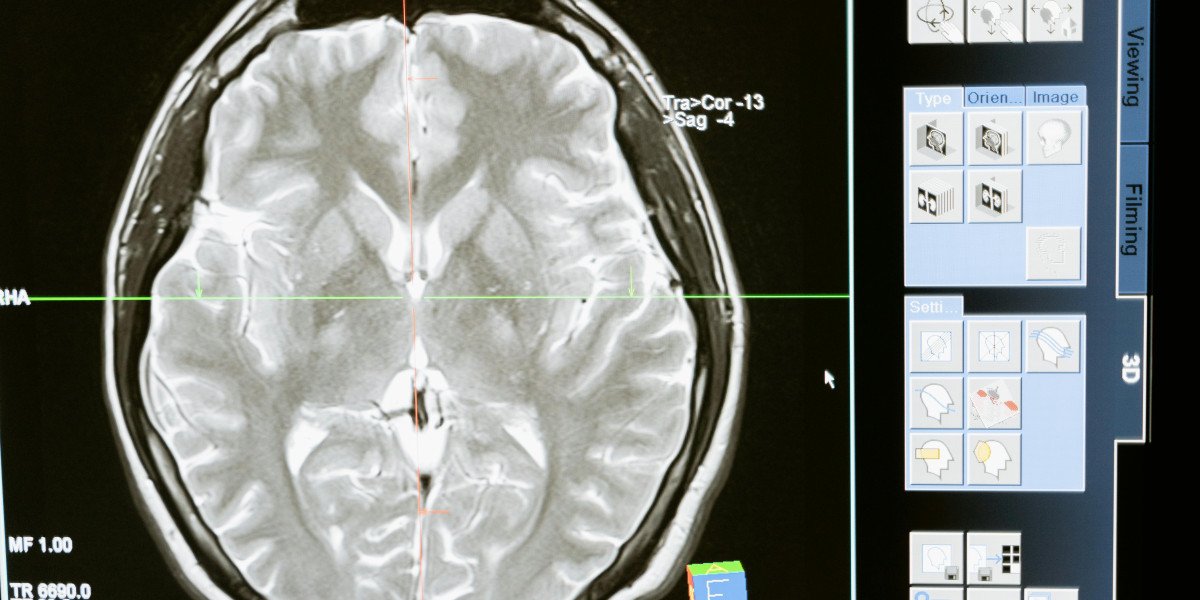These disorders can severely impact a person’s quality of life and are often difficult to treat effectively due to their complexity and the intricate nature of the nervous system. As a result, neurological disease models play a crucial role in research, helping scientists and clinicians to gain insights into disease mechanisms, test new therapies, and identify potential biomarkers for early diagnosis.
What Are Neurological Disease Models?
Neurological disease models are experimental systems that simulate the biological, genetic, and molecular features of neurological disorders. These models provide a controlled environment to study the mechanisms underlying disease, evaluate treatment options, and explore the potential for new therapies. Models can be in vivo (within living organisms such as rodents or primates) or in vitro (using cultured cells or tissues) and can be designed to mimic either specific symptoms or the broader pathology of a disease.
The importance of disease models in neuroscience cannot be overstated—they provide the foundation for understanding how diseases develop and progress, enabling researchers to identify potential targets for intervention and test new treatments before moving to clinical trials.
Types of Neurological Disease Models
- Genetically Modified Animal Models
Genetically modified (GM) animal models involve the introduction of specific genetic mutations or deletions that mirror the genetic causes or risk factors for neurological diseases. These models are particularly useful for studying hereditary diseases and understanding the role of specific genes in disease onset and progression.
Alzheimer’s Disease: Transgenic mouse models with mutations in APP (amyloid precursor protein) or PSEN1 (presenilin 1) replicate the amyloid plaques and tau tangles seen in human Alzheimer’s patients. These models allow researchers to study the mechanisms behind these protein aggregations and evaluate potential treatments that target amyloid-beta or tau.
Parkinson’s Disease: Animal models with mutations in the SNCA (alpha-synuclein) gene, such as those using transgenic mice or rats, develop Parkinson’s-like symptoms, including motor deficits and dopaminergic neuron loss. These models are crucial for studying the molecular mechanisms behind alpha-synuclein aggregation and testing therapies aimed at slowing or preventing neurodegeneration.
Huntington’s Disease: In transgenic models with expanded HTT genes, which code for the protein huntingtin, motor and cognitive impairments emerge. These models are important for investigating the toxic effects of mutant huntingtin and for developing therapies that may reduce protein aggregation or correct cellular dysfunction.
Genetically modified models allow researchers to investigate the genetic and molecular causes of neurological diseases, making them indispensable for understanding disease pathophysiology.
- Induced Disease Models
Induced disease models involve exposing animals to external factors such as toxins, injury, or infection to replicate the effects of neurological diseases. These models help researchers understand the impact of environmental factors and explore potential neuroprotective therapies.
Parkinson’s Disease: The neurotoxin MPTP (1-methyl-4-phenyl-1,2,3,6-tetrahydropyridine) is used to create Parkinson’s-like symptoms in rodents by selectively damaging dopaminergic neurons. This model helps study the environmental factors that may contribute to Parkinson’s disease and test potential neuroprotective agents.
Multiple Sclerosis (MS): The Experimental Autoimmune Encephalomyelitis (EAE) model induces MS-like symptoms in rodents through the injection of myelin proteins, causing an autoimmune attack on the central nervous system. This model is widely used to study the immune system's role in MS and to test treatments that modulate immune responses to prevent further damage.
Stroke: In stroke models, animals undergo induced cerebral ischemia (reduced blood flow to the brain), leading to neuronal injury and dysfunction. These models allow researchers to explore the cellular mechanisms of stroke, such as neuronal death and inflammation, and to test therapeutic interventions like neuroprotective agents or therapies that enhance recovery.
Induced disease models are essential for studying how external factors contribute to disease onset and progression, providing opportunities to explore preventive strategies and therapies.
- Cellular and In Vitro Models
In vitro models use cultured cells or tissues to simulate aspects of neurological diseases in a controlled environment. These models can focus on specific molecular or cellular mechanisms and provide a more simplified, cost-effective alternative to whole-animal models.
Amyotrophic Lateral Sclerosis (ALS): iPSC-derived motor neurons are increasingly used to model ALS, a progressive neurodegenerative disease that leads to muscle weakness and paralysis. These models enable researchers to investigate the mechanisms of motor neuron degeneration and screen potential drugs to protect motor neurons from damage.
Epilepsy: In vitro models of epilepsy involve cultured neurons that exhibit abnormal electrical activity, which mimics the hyperexcitability seen in epileptic seizures. These models are valuable for studying the role of ion channels, neurotransmitter imbalances, and neural circuit dysfunctions, as well as for testing anticonvulsant drugs.
Alzheimer’s Disease: Human iPSC-derived neurons are increasingly used to model Alzheimer's disease in the lab. These cells can be differentiated into neurons that develop amyloid plaques and tau tangles, making them essential for studying the disease at the cellular level and screening drugs that target these pathologies.
In vitro models provide a focused, high-throughput approach to studying disease mechanisms and testing new treatments in a controlled, reproducible setting.
- Organoid Models
Organoids are 3D cultures derived from stem cells, which develop into structures that mimic the architecture and functionality of the human brain. These models have emerged as more sophisticated tools for modeling neurological diseases because they replicate aspects of human brain development and function more accurately than traditional 2D cell cultures.
Autism Spectrum Disorder (ASD): Brain organoids derived from individuals with ASD exhibit altered neuronal connectivity and signaling patterns, offering valuable insights into the developmental basis of the disorder. These models allow researchers to identify new biomarkers and test therapies that could promote normal brain development.
Neurodegenerative Diseases: Organoids are being used to model neurodegenerative diseases like Alzheimer's and Parkinson’s. These 3D models better capture the complexity of neurodegeneration, allowing for more accurate studies of disease progression and the testing of neuroprotective agents.
Zika Virus and Microcephaly: Zika virus infection during pregnancy can cause microcephaly, a condition where the brain does not develop fully. Brain organoids have been used to study the effects of the Zika virus on brain development, helping researchers explore potential therapeutic interventions for preventing or treating microcephaly.
Organoid models offer a promising platform for studying neurological diseases in a more human-relevant context, providing insights into brain development and disease mechanisms.
Benefits of Neurological Disease Models
Understanding Disease Mechanisms: Disease models help uncover the biological processes behind neurological disorders, such as genetic mutations, cellular dysfunction, and abnormal protein aggregation. This understanding is essential for identifying new drug targets and diagnostic biomarkers.
Testing Therapeutic Interventions: Preclinical models provide an opportunity to test the safety and efficacy of new treatments before clinical trials. Whether through genetic interventions, small molecule drugs, or gene therapies, disease models allow researchers to evaluate how potential treatments impact disease progression.
Personalized Medicine: Patient-specific models, such as iPSC-derived neurons or organoids, allow researchers to study diseases in the context of an individual’s genetic makeup. This approach helps develop personalized therapies tailored to the unique characteristics of each patient’s disease.
High-Throughput Drug Screening: Cellular and organoid models enable large-scale screening of drug candidates, allowing researchers to identify promising compounds for further development. This accelerates the drug discovery process and provides a cost-effective way to evaluate therapies.
Challenges of Neurological Disease Models
Species Differences: Despite their usefulness, animal models often have significant species differences when compared to humans. Rodent brains, for example, differ in size, complexity, and structure, making it challenging to translate findings directly to human patients.
Model Limitations: No single model can fully replicate the complexity of neurological diseases. Some models may capture one aspect of the disease but fail to account for other important factors, such as inflammation, immune system involvement, or genetic variability.
Clinical Translation: Many therapies that appear promising in preclinical models fail in human clinical trials. This highlights the need for more accurate and predictive models that better replicate human disease progression and treatment responses.
Ethical Concerns: The use of animals in research raises ethical considerations, especially in genetically modified organisms or models that induce disease. Researchers must adhere to ethical guidelines to minimize suffering and ensure the benefits of research outweigh the ethical concerns.
The Future of Neurological Disease Models
The field of neurological disease modeling is rapidly evolving, with advances in genetic engineering, stem cell technology, and artificial intelligence (AI) improving the accuracy and utility of these models. Some exciting developments include:
Gene Editing: Technologies like CRISPR are enabling more precise genetic modifications, allowing researchers to create models that more closely mimic the genetic and molecular features of human diseases.
Organoids and 3D Culture Systems: These models are becoming more sophisticated, offering more realistic representations of human brain architecture and function. They hold great potential for studying neurodevelopmental and neurodegenerative disorders.
AI and Machine Learning: AI can analyze complex datasets from neurological models, identifying new drug targets and predicting disease progression. These technologies can accelerate drug discovery and optimize clinical trial design.
Personalized Disease Models: Patient-derived models are becoming more widely used, allowing researchers to study diseases in the context of individual genetic backgrounds. This approach promises more personalized and effective treatments.
Conclusion
Neurological disease models are critical for understanding the mechanisms of brain disorders and developing effective treatments. Although challenges remain in translating findings to human therapies, advances in technology are enhancing the accuracy and relevance of these models. As the field continues to grow, these models will play an increasingly important role in unraveling the complexities of neurological diseases and improving the lives of those affected.








